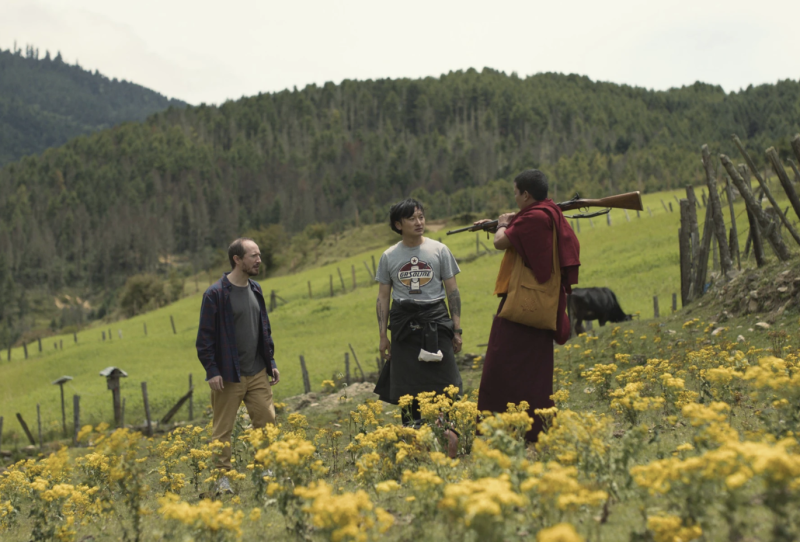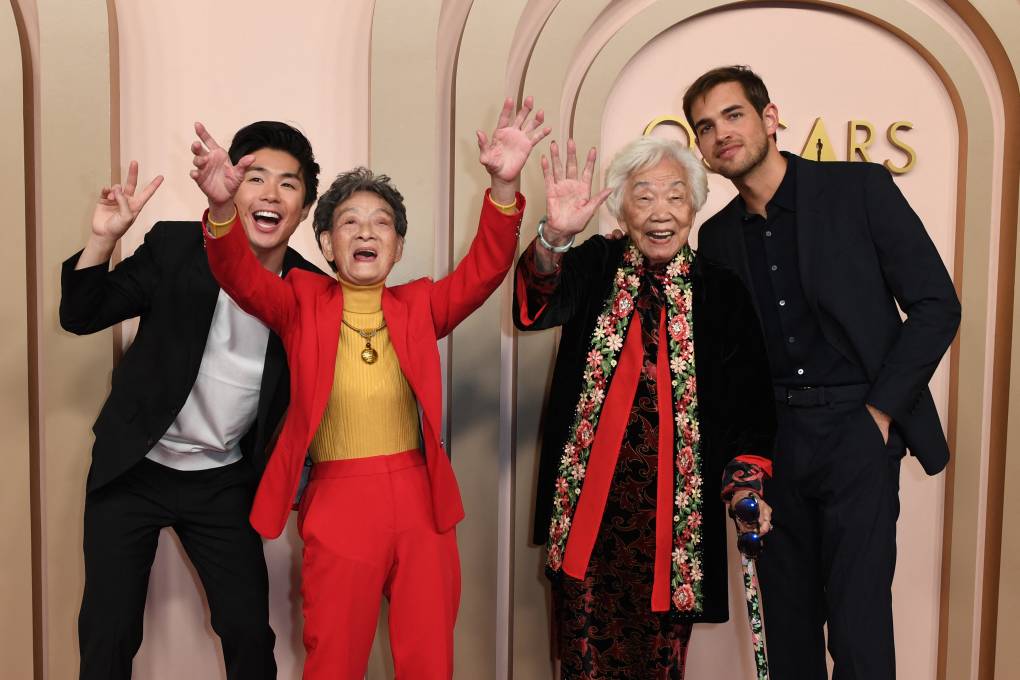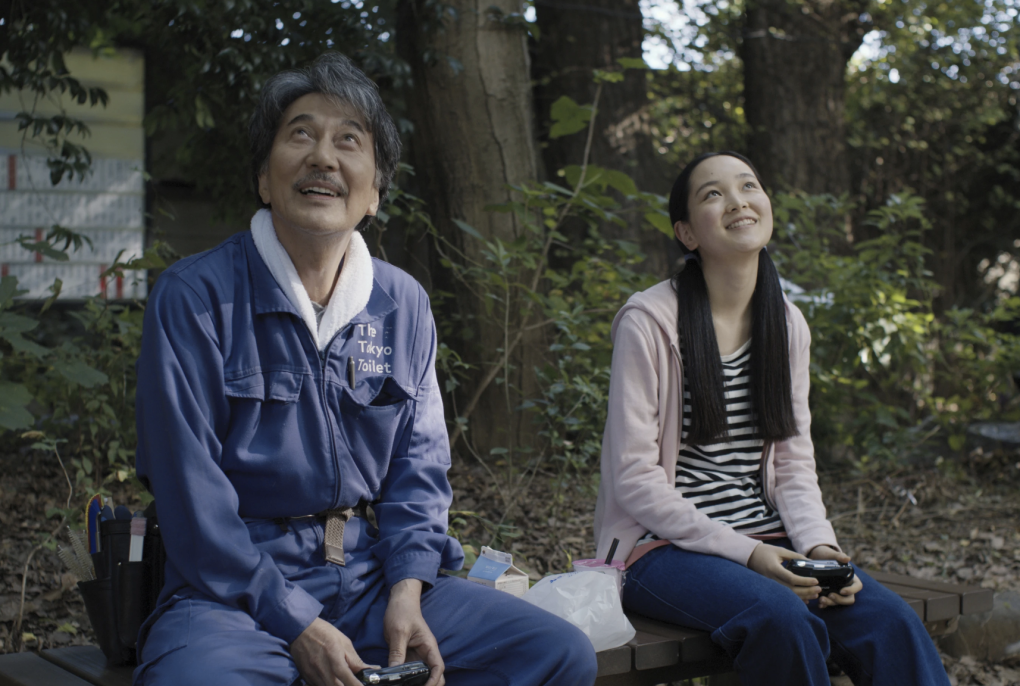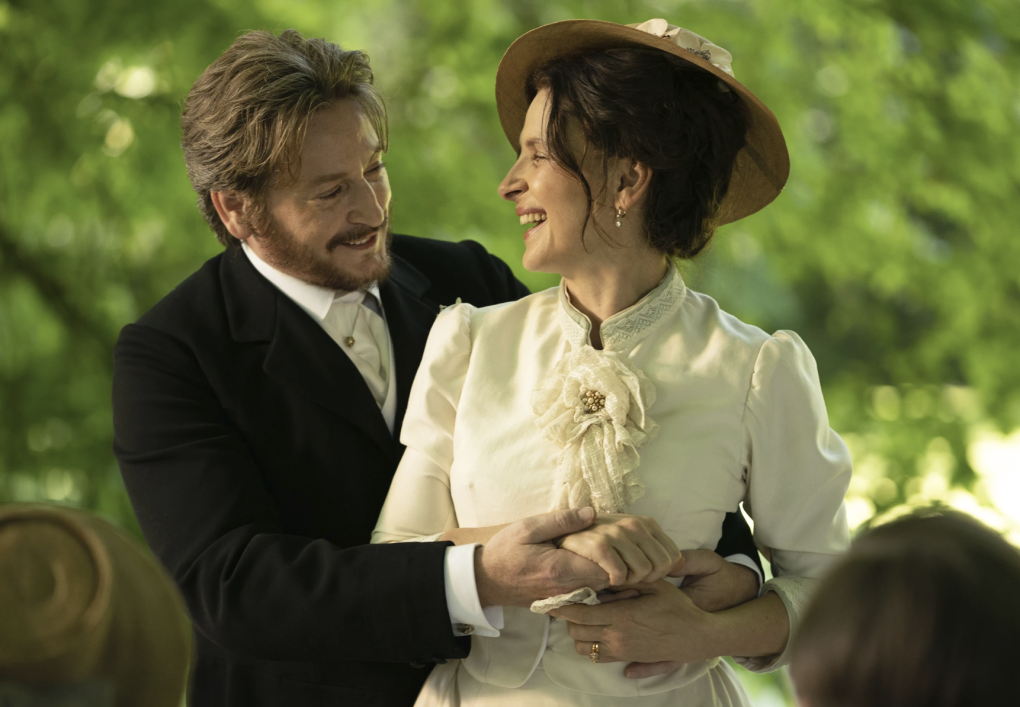Dorji toggles between these two storylines: politics and guns, with the clock ticking to both the full moon and the mock election. It’s a tumultuous time, with news reports suggesting the transition to democracy is unpopular. As one man says, “What’s the use? We already have His Majesty.” Another wonders why they’d want to be like countries where politicians throw chairs at each other. The chief organizer has to remind people — including a mother whose daughter is being bullied at school — that in some countries, people die fighting for the right to vote.
Back to gun dealer Ron (his name is a little nod to cinema buffs who may recall the actor Ron Colman in 1937’s Lost Horizon), who’s so eager to acquire the historic weapon, he offers the owner $75,000. That is not acceptable to the farmer — it’s too much! So a deal is struck for much less. But while Ron is off collecting the cash, the monk shows up, seeking a gun for his lama.
Who’ll get the gun? The rest of the plot is best left unspoiled, but you can be sure Dorji finds a way to tie his threads together in a way both comic and biting, both entertaining and provocative.
A perfect example is that scene where election organizers are trying to educate the masses. With villagers gathered, they explain that different colors stand for different parties. But when they try to generate some obligatory back-and-forth — maybe just a little yelling — the effort falls flat. “Show some passion! You’re supposed to despise each other!” complains one official.
Also funny but queasy-making, too, is the way Ron is described by his Bhutanese cohort in an effort to gain respect for his knowledge of guns: “Mr. Ron is an expert. In his country there are more guns than people! “






